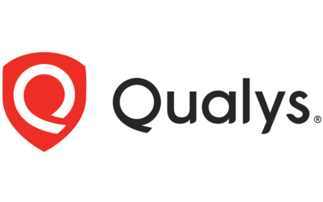Firms must do separate risk assessments for different parts of their business, according to security experts
A leading security expert has warned that internal threats are likely to be the biggest security concern for IT chiefs over the next six to twelve months, while service oriented architectures (SOAs...
To continue reading this article...
Join Computing
- Unlimited access to real-time news, analysis and opinion from the technology industry
- Receive important and breaking news in our daily newsletter
- Be the first to hear about our events and awards programmes
- Join live member only interviews with IT leaders at the ‘IT Lounge’; your chance to ask your burning tech questions and have them answered
- Access to the Computing Delta hub providing market intelligence and research
- Receive our members-only newsletter with exclusive opinion pieces from senior IT Leaders

















